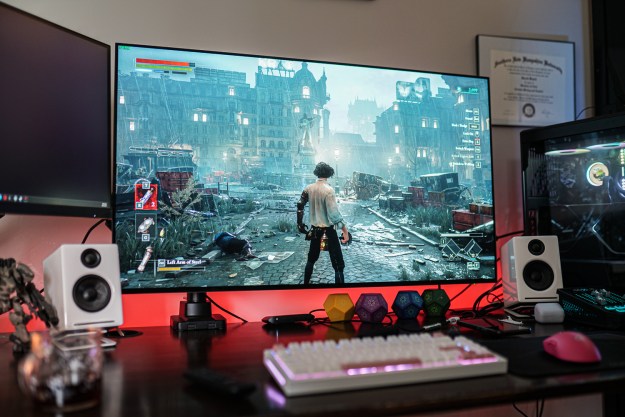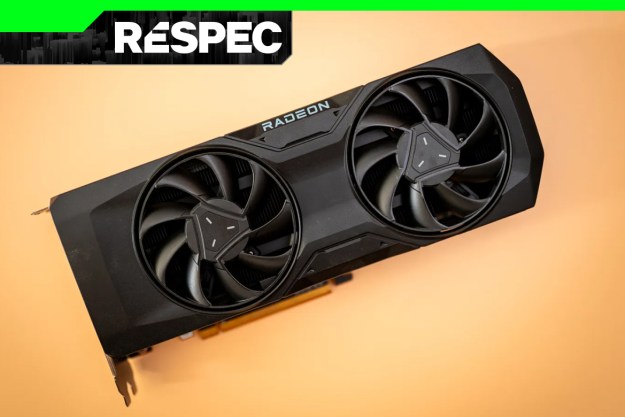Another day, another rumor about the specs for Nvidia’s next-gen GPUs. This time, the rumor mill is buzzing about potential power limits of Nvidia’s Lovelace GPUs and whether or not you’ll need to upgrade your power supply. Let’s just say you may have to factor in a new PSU for your next build.
According to Moore’s Law is Dead and Wccftech, Nvidia’s upcoming GPUs will likely max out at 600 watts. For comparison, the RTX 3090 tops out at 350W and RTX 3090 Ti is rumored to increase that to 450W. Obviously, any rumors must be taken with great skepticism, but 600W is a significant jump and may require many PC builders to upgrade their power supply.

We’ve seen rumors of high power figures before. It was reported earlier that the RTX 4090 and 4090Ti would require a massive 1,200W power supply. Reports of those outrageous numbers were later tempered a bit since the leakers involved were unable to confirm the exact TDP figures.
It seems that Nvidia is trying to push the limits of power consumption, which could explain why such huge numbers are being rumored. The main issue seems to be ensuring that graphics cards can be adequately air cooled by both Nvidia’s reference design and Add-In-Board partners. ExtremeTech notes that Nvidia’s power targets are in line with the 12-Volt High Power PCIe Gen 5 connector that supports up to 600W.
Among the powe- consumption rumors, Lovelace GPUs may also feature superfast GDDR7 memory. The current GDDR6X used in the RTX 3080, 3080 Ti, and 3090 cards maxes out at 19Gbps. Even using the existing 256-bit and 384-bit wide memory interfaces, this would be a noticeable boost to performance.
Both of these rumors are on top of the massive performance gains that the next-gen cards are rumored to have. Nvidia’s flagship GPUs could have up to 75% more CUDA cores than the RTX 3090 and huge L2 cache. This would greatly reduce the amount of time and energy to access data from the main memory.
All of this news comes right as GPU prices are finally dropping, as much as 25% for certain graphics cards. Intel’s entrance into the graphics card market with its Arc Alchemist GPU lineup should also help ease shortage concerns.
Editors' Recommendations
- Intel may fire the first shots in the next-gen GPU war
- GPU prices are back on the rise again
- Everything you need to know about buying a GPU in 2024
- 5 GPUs you should buy instead of the RTX 4070
- How 8GB VRAM GPUs could be made viable again





